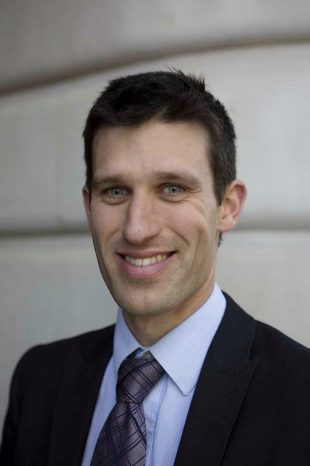
Posted by: Viv Bennett, Posted on: 11.05.2018 - Categories: All Our Health, Blogs
In the late 1980s, tuberculosis (TB) cases were fewer than 6000 in the UK and there was hope that the disease would be eliminated as a public health threat. This had fallen from over 100,000 cases at the start of the 20th century. The combination of higher living standards, better public immunity, the BCG vaccine, and new effective treatments, meant this was hailed as a great public health success.
25 years on, TB rates have been on the rise, particularly among people experiencing homelessness, substance users and people in prison. If the homeless population in London was its own country, it would have the third highest rate of TB in the world – with only Lesotho and South Africa having higher rates. In a cohort study, Dr Alistair Story found that although the Greater London average TB rate was 27 per 100,000 people, this rate was 788 per 100,000 among those experiencing homelessness. Prisoners and people using drugs also had far higher rates than the general population. Other areas of the country have also seen a rise in TB in recent years and advances in treatment are being held back by new strains of the bacterium that are resistant to standard treatments (so-called multi-drug resistant TB ‘MDR-TB’).
In my role as Homeless Health Programme Manager at The Queen’s Nursing Institute (QNI), I wanted to learn about how the healthcare system was responding to a rise in new cases of TB. To find out more, I visited the Find and Treat TB screening mobile x-ray van at the Doctors of the World clinic in Bethnal Green in London, and spoke with their doctors, radiographer, nurses and peer advocates to get an understanding of this work. I also went to visit the TB team at Public Health England in Colindale. As TB is a notifiable disease, this team tracks TB to monitor outbreaks, ensures effective contact tracing, works to understand strain types and their impact on the nation’s health and reports to government. Following this experience, I then organised a learning event for the homeless health network featuring nurses who shared best practice on TB and other communicable diseases. Community nurses play a vital role in ensuring people at risk are screened and treated appropriately. The QNI is currently funding a nurse to develop an innovation project, screening for, and raising awareness about latent and active TB at HMP Birmingham. Thanks to her, project screening for TB is currently happening and people in prison are getting access to the treatment they deserve. This is very significant work - the earlier TB is treated the better the potential outcome for the individual affected and the less chance it has to spread to others at risk.
Unlike other airborne diseases, the TB bacterium finds it difficult to take root in healthy immune systems and needs lots of exposure to spread. Poor health and poor environments compromise immune functions and help TB to spread. This winter, people working in the housing, homelessness, health and voluntary sectors can work together to protect the health of people living at the greatest risk of TB.
What can we do?
- Share relevant sources of information about TB across health, housing and homelessness and voluntary sectors
- Ensure awareness of the symptoms of TB including persistent fever, tiredness, sweating, weight loss and coughing or coughing up blood
- Vaccinate people at greater risk, such as healthcare workers working in high prevalence areas, and children who have come into close contact with someone with pulmonary TB
- Be familiar with local protocol and reporting procedures
- Assess and screen for potential TB in at-risk areas
- Ensure people with a diagnosis of TB are also screened for HIV and Hepatitis B and C as they may be more susceptible
- Ensure adherence to treatment through ‘observed therapy’
- Ensure people with a diagnosis of TB have suitable housing
For further resources see:
- The Queen’s Nursing Institute Homeless Health Network is a free network open to all interested in better health for people experiencing homelessness, refugees, sex workers, and people from Gypsy, Traveller and Roma communities.
- All Our Health topic on homelessness is a Public Health England resource to support all healthcare professionals strengthen their knowledge and interventions
- All Our Health topic on tuberculosis is a Public Health England resource to support all healthcare professionals strengthen their knowledge and interventions
- Health matters: reducing the burden of tuberculosis is a Public Health England information website explaining TB and actions that people should take to help TB control in England.
- TB Alert is a national charity raising awareness and providing further information
- Collaborative TB strategy for England 2015-2020 – a short handy infographic on the 5 year plan to tackle TB.
- TB & Homelessness - Information for homelessness service managers is a document from Homeless Link and Public Health England provides managers in homelessness services more information about TB.
- TB & Homelessness - Information for homelessness sector staff as above and aimed at frontline staff
Written by David Parker-Radford, Homeless Health Programme Manager, The Queen's Nursing Institute
